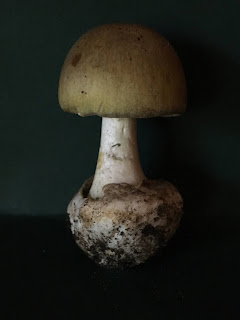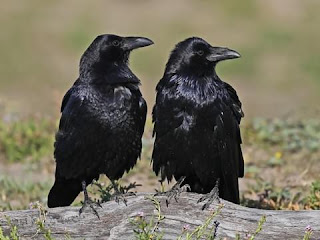Fall Salmon are Returning to Our local Streams!
November is the month when two species of Pacific Salmon return to the streams of their birth. After spending years out in the Pacific Ocean they find their way home to the precise tributary of their natal creek. This amazing homing instinct is the the final chapter in the lives of these fish...after they spawn, their bodies deteriorating in zombie-like fashion, they will die and their carcasses will be utilized by numerous other animals for food.
The species pictured here are Chum Salmon; the location is Piper's Creek in Carkeek Park in north Seattle. You can view them now through most of December! Behaviors you can observe are: mate selection and pair bonding, excavation of their nests known as Redds, and perhaps if you are lucky, egg laying and milt fertilization. As you watch this annual ritual, ponder the fact that these salmon have been repeating this life cycle for tens of thousands of years! After hatching as alevin, growing into fry, then developing the characteristic marking of their specific species as parr, the salmon head downstream out to sea. They may travel hundreds of miles out in the Pacific, growing into silvery adults (different salmon species spend varying amounts of time in the sea). When some internal signal tells them that it is time, they cease eating and devote all of their energy to returning to their home stream. They find the exact tributary by smell...they can detect the precise mineral chemistry of their birth creek! Chum are fast swimmers but not good jumpers so they stay in the lower reaches of our streams and are easy to observe. Our local streams also host Coho Salmon a little later in the fall; they move farther upriver with their superior jumping ability.
Enjoy this rite of autumn...you may feel (as I do) a deep connection with the natural world as you bear witness to the amazing finale (and new beginning) of Pacific Salmon!
Ed




Comments
Post a Comment